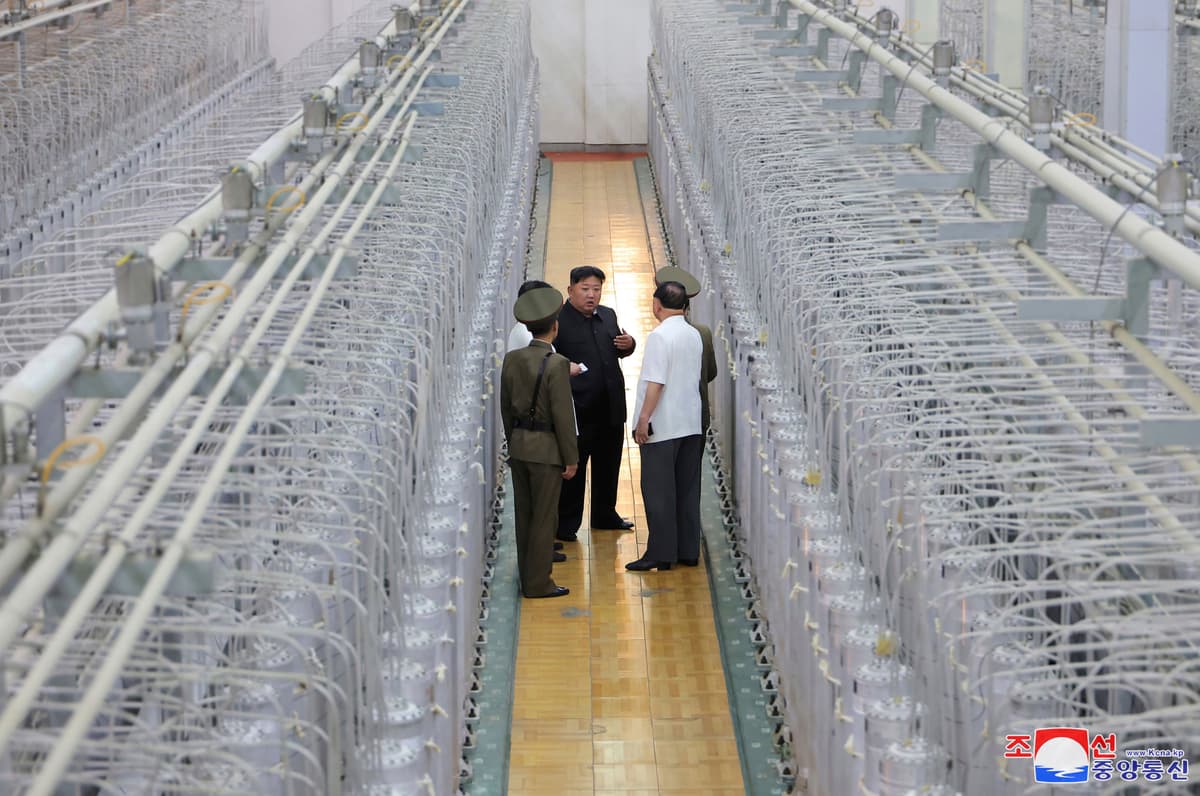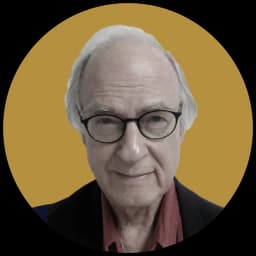North Korea’s Kim, Breathing Defiance and Emboldened by Russian Alliance, Showcases Nuclear Facility
The North wants its enemies, ranging from Washington to Seoul to Tokyo, to know that Kim is not just engaging in meaningless rhetoric when he boasts of the strength of his nuclear program.

SEOUL — North Korea’s leader Kim Jong-un, eager to prove he can annihilate his enemies with nuclear weapons, has for the first time personally shown off a facility where they are made, and he’s put out a photo of himself to prove it.
Accused of shipping short-range missiles capable of firing nukes for the Russians in Ukraine, Mr. Kim breathed defiance as he “inspected the Nuclear Weapons Institute and the production base of weapon-grade nuclear materials,” as reported by Pyongyang’s Korean Central News Agency.
A login link has been sent to
Enter your email to read this article.
Get 2 free articles when you subscribe.

